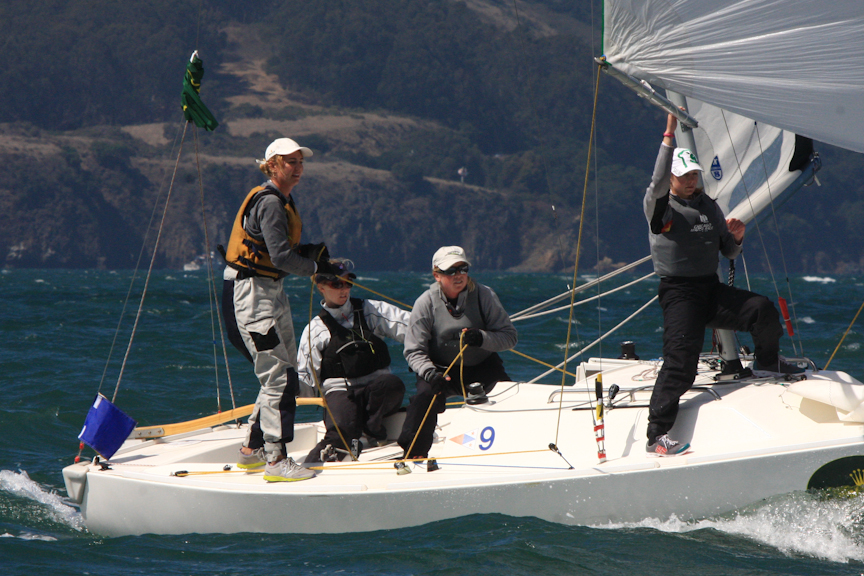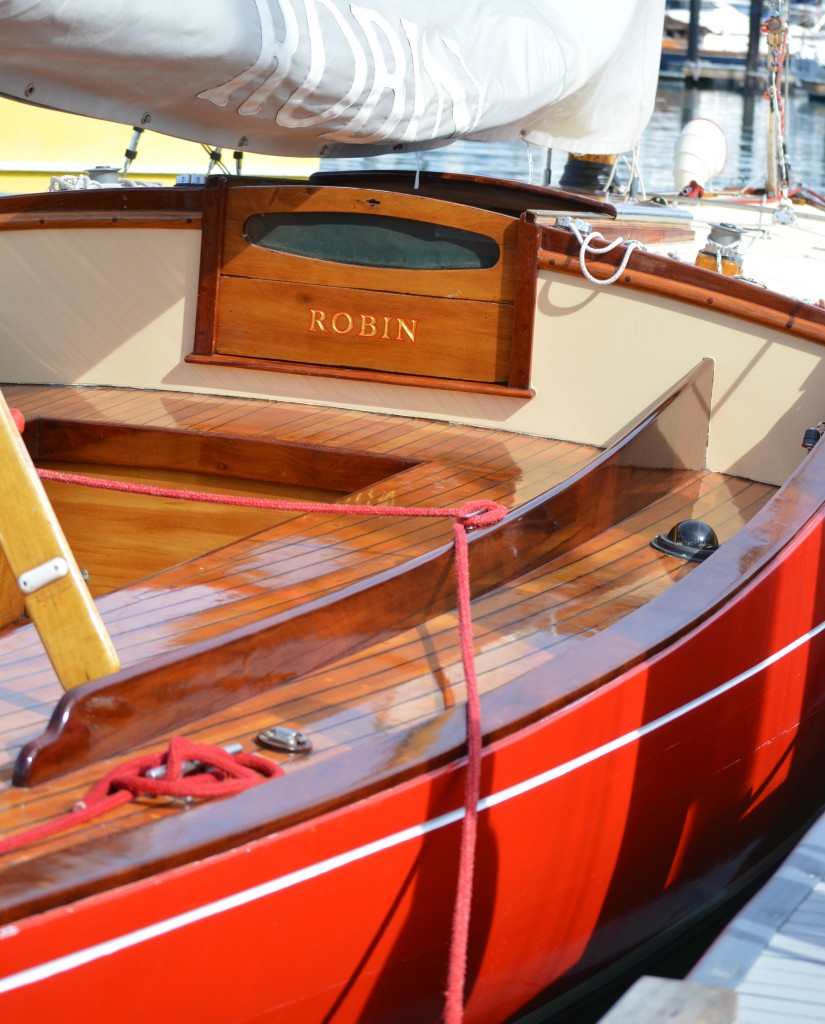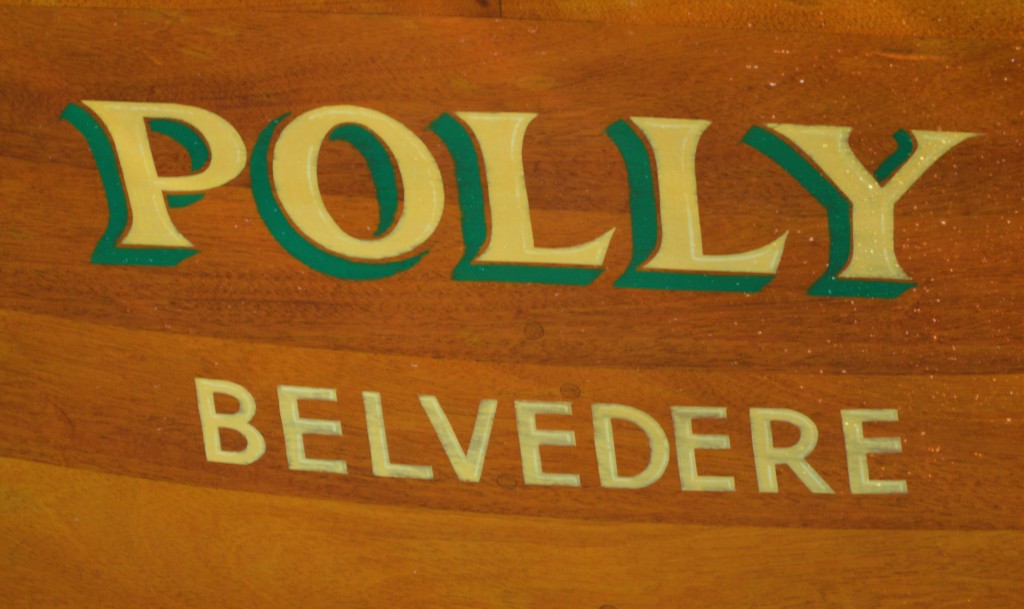The Other Match Races on SF Bay
 2012 US Women’s Match Racing Champions. Photo © Chris Ray
2012 US Women’s Match Racing Champions. Photo © Chris Ray
First there was women’s match racing in the U.S., and it was doing just fine, a showcase for the camaraderie and friendly competition that our sport is all about.
Then there was the Olympic cycle, with medals for the taking at Weymouth 2012. Entries rose, money came in, pressures mounted and the game changed.
Then ISAF dropped women’s match racing as a discipline.
Then came the first post-Olympic US Women’s Match Racing Championship, on San Francisco Bay, with only six skippers and half of them local and a lot to talk about. Does women’s match racing have a future worth the investment? Is the game merely suffering a post-Olympic hangover? Whither and whether?
The 2012 championship concluded on Sunday with Genny Tulloch winning in straight races for her third title in four years. I talked to a number of people, and all of them had concerns, or they expressed curiosity about the best way forward, but almost everything in those conversations could be distilled into a short exchange with Genny Tulloch in her home club, St. Francis, looking out to her home waters, San Francisco Bay. She was seated with her crew, Margaret Shea, Stephanie Roble, and Jennifer Chamberlin.
Little Ole Me
So tell me, Genevieve, what this means. Is women’s match racing going to be alright?
Jenny, dropping her head.
“Ooh, Kimball!”
L.O.M
Come on, that’s the elephant in the room, and everyone . . . is . . . talking about it. You know you have to go there.
Jenny (With only a hint of a resigned sigh)
“Oookay.
“Well, you can’t say the Olympics killed the game, but it definitely changed when people started taking it very seriously. It was driving along much better before the Olympics. Now—
“I think it will come back eventually.
“I’ve never been a real proponent of women’s racing anyway. I prefer coed sailing, but there’s a constituency for women’s events, and if we can get the colleges interested—which seems to be happening—there is no reason that match racing can’t get to the same level as team racing.”
Meaning, big.
And it’s not as though there was any lack of respect for the talents on the water. There were a couple of “Welcome to San Francisco Bay” days with a lot of breeze and countercurrent—and the regatta was sailed in J/22s, which don’t exactly revel in that stuff—and yet, “The race committee never used the T-flag once, and we were surprised,” said Natasha Baker, crewi for third-place Andrea Cabito. “We’ve seen them throw the T-flag [no spinnakers] a lot for team racing in those conditions.”
The San Francisco Perpetual Challenge Cup
I reckon it’s fitting that the second-oldest match racing challenge trophy, even though it hasn’t been around the world like the America’s Cup, should also be at home on San Francisco Bay. It’s been as far from home as San Diego, however, and a danged pesky prospect it is—but necessary, absolutely necessary—to retrieve the Perpetual from SDYC whenever that happens.
In the most recent case, the San Francisco Perpetual Challenge Cup was staged as a match between the two senior clubs on the bay, San Francisco Yacht Club (1869) and Corinthian Yacht Club (1886) in the oldest west coast one design class, the Bird. With Birds celebrating their 90th year in 2012, and considering the many occasions back in the day when Birds raced for the Perpetual, this was a natural. And (do we have a theme here?) the winning helmsperson was 2002 women’s match Racing world champion and Rolex Yachtswoman of the Year, Liz Baylis.
Liz skippered Robin, #18, 1929, for SFYC and won the best-of-three match in two races. Dan Thielman skippered Polly, #19, 1929 for CYC.
Birds were purpose-designed for the heavy breeze of San Francisco Bay. They’re heavy and a trifle wet (aka “submarines”) but once they have momentum, not much can stop them. Big main, no reefs. Small jib. One class motto: Nothing sails like a Bird.
I couldn’t make it to the racecourse, but I showed up for the roundup, yup yup yup.



